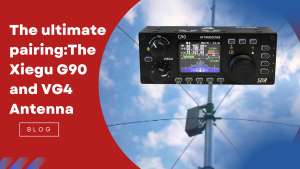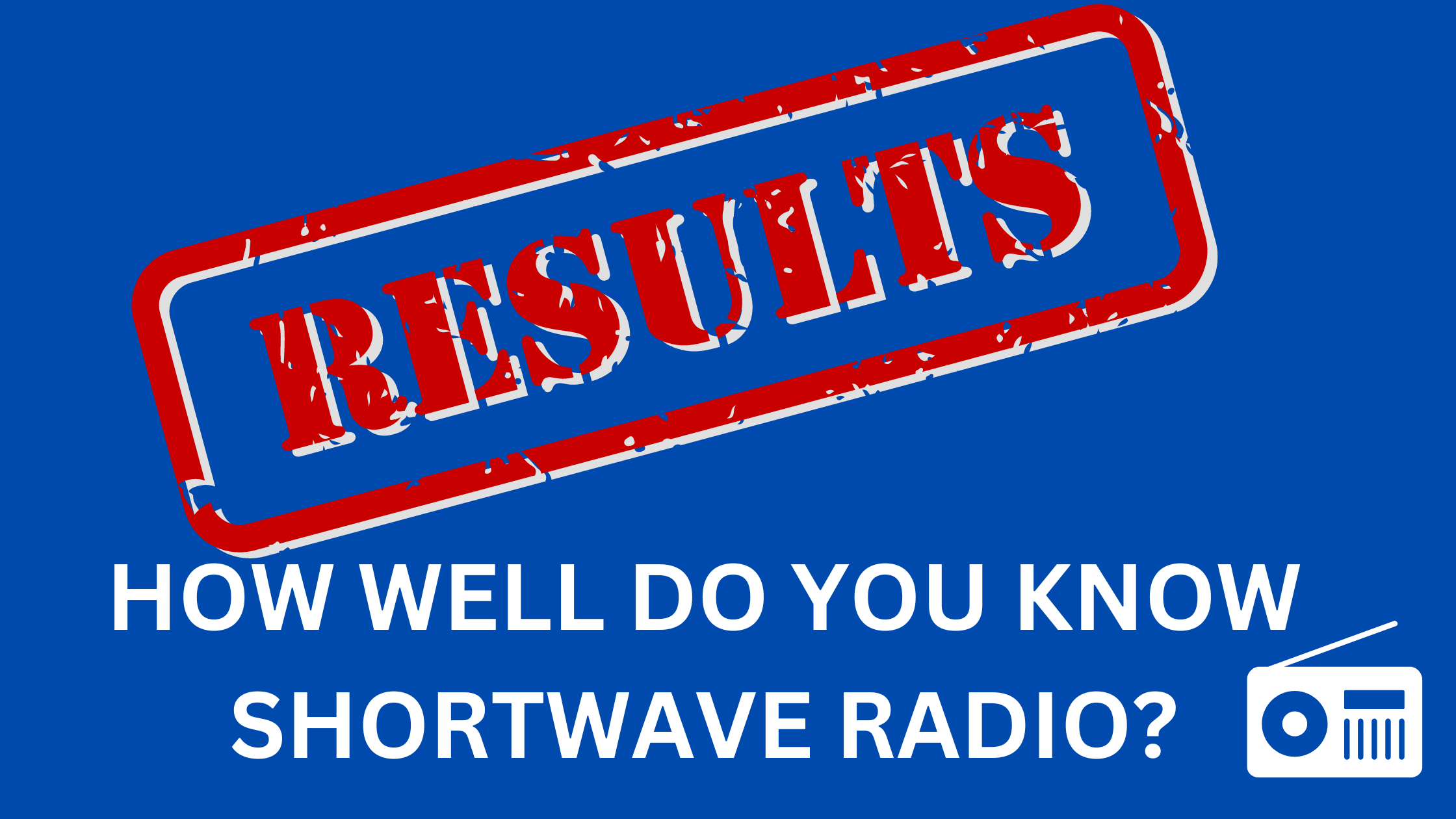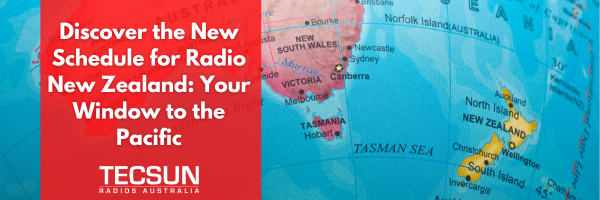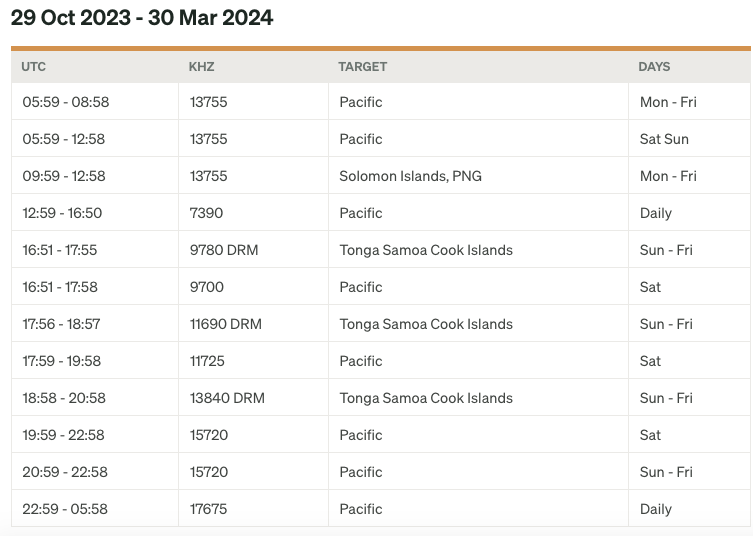
If you’re an amateur radio enthusiast looking to elevate your setup, there’s one combination that stands out: the Xiegu G90 HF SDR Transceiver and the Xiegu VG4 4-Band Ground Plane Antenna. Whether you’re chasing DX contacts or simply enjoying the art of radio communication, these two pieces of gear together offer an outstanding balance of performance, versatility, and sheer fun.
Why the Xiegu G90 is a Must-Have
The Xiegu G90 is an HF Software-Defined Radio (SDR) transceiver that has earned a stellar reputation among amateur radio operators. With 20 watts of output power, a built-in antenna tuner, and an adjustable 1.8-30 MHz frequency range, this compact rig punches well above its weight.
But don’t just take our word for it—one seasoned operator had this to say in a recent review:
“This review comes from experience. It started over nine years ago with the purchase of the Xiegu X1M 5-watt transceiver—well, it still goes well and it just spells fun! I’ve had quite a few contacts with this X1M Pro using portable antennas. Over time, I’ve built a collection of HF transceivers, and after extensive research, I decided to add the Xiegu G90 to my setup. What a bit of kit this thing is! It just blew me away with its lovely RX and TX audio.
Okay, it’s 20 watts—but so far, I’ve reached Japan, the USA, and ZL stations on 40m. It has put real fun back into DXing with a simple dipole! The performance is incredible. As an SWL (shortwave listener), it’s also just the ant’s pants in AM.”
It’s clear the G90 is a powerhouse, but to truly unlock its potential, you need the right antenna.
Enter the Xiegu VG4: The Ideal Match
The Xiegu VG4 4-Band Ground Plane Antenna is designed for 40m, 20m, 15m, and 10m amateur bands, making it an excellent match for the G90’s capabilities. Here’s why they’re a perfect pair:
Optimized Efficiency – The VG4’s parallel resonators ensure maximum vertical element efficiency, allowing for clear and strong transmissions.
Compact Yet Powerful – Despite its sub-8-metre length, this antenna packs a punch with 150 kHz bandwidth on 40m, 450 kHz on 20m, 800 kHz on 15m, and 1000 kHz on 10m.
Built to Last – With 304-grade stainless steel clamps, an anti-oxidation coating, and a design that withstands 35m/s winds, this antenna is as tough as they come.
Handles Serious Power – Rated at 1000 watts PEP (400W CW), it provides excellent power-handling capabilities for any serious operator.
A Classic Hobby, but better.
For many radio enthusiasts, amateur radio is more than just a pastime—it’s a tradition passed down through generations. If you remember watching your dad carefully tuning his rig and catching distant signals, you’ll appreciate how today’s technology has kept the magic alive while improving performance.
By pairing the Xiegu G90 with the VG4 antenna, you’re ensuring crystal-clear reception and transmission, letting you reach far beyond what you thought possible. Whether you’re reminiscing about your first DX contact or making new ones across the globe, this combination is guaranteed to deliver the best possible experience.
Ready to Upgrade Your Setup?
If you’re serious about amateur radio, don’t settle for second best. Pair your Xiegu G90 with the VG4 4-Band Ground Plane Antenna and experience the hobby like never before.
[Explore the Xiegu G90 & VG4 Today!] https://www.tecsunradios.com.au/store/product/xiegu-g90-transceiver/
https://www.tecsunradios.com.au/store/product/xiegu-vg4-hf-vertical-amateur-bands-antenna
















 In the vast expanse of Death Valley National Park, a remote desert in southern California, modern connectivity often falls short. On a fateful Saturday, April 6, a family’s adventure took an unexpected turn when their vehicle became trapped in mud in a hazardous area, leaving them without cell service. In this critical moment, amateur radio proved to be their saving grace.
In the vast expanse of Death Valley National Park, a remote desert in southern California, modern connectivity often falls short. On a fateful Saturday, April 6, a family’s adventure took an unexpected turn when their vehicle became trapped in mud in a hazardous area, leaving them without cell service. In this critical moment, amateur radio proved to be their saving grace.


 If you’re captivated by unique radio facilities, then you’re in for a treat. Join us on a journey to discover one of the most picturesque shortwave transmitter sites nestled in the heart of the tropics. Today, we’re delving into the story of KTWR, a beacon of broadcasting excellence stationed on the tranquil shores of Guam. Inspired by a captivating article on RadioWorld.com, we invite you to immerse yourself in the enchanting world of shortwave broadcasting with us.
If you’re captivated by unique radio facilities, then you’re in for a treat. Join us on a journey to discover one of the most picturesque shortwave transmitter sites nestled in the heart of the tropics. Today, we’re delving into the story of KTWR, a beacon of broadcasting excellence stationed on the tranquil shores of Guam. Inspired by a captivating article on RadioWorld.com, we invite you to immerse yourself in the enchanting world of shortwave broadcasting with us.